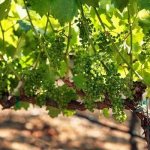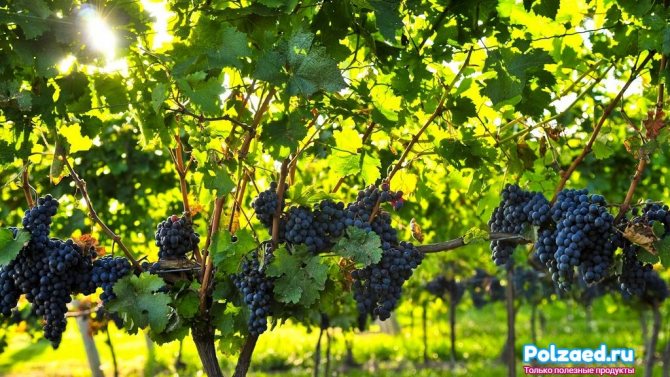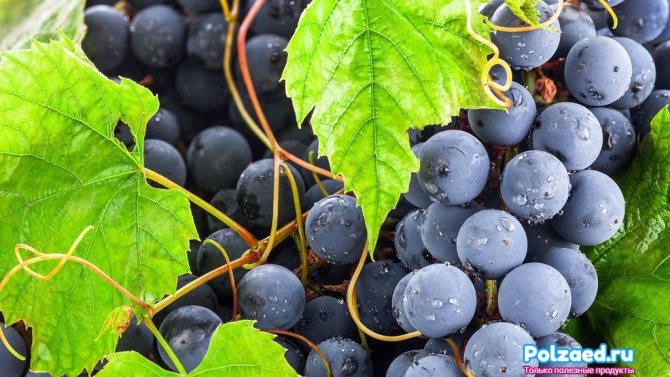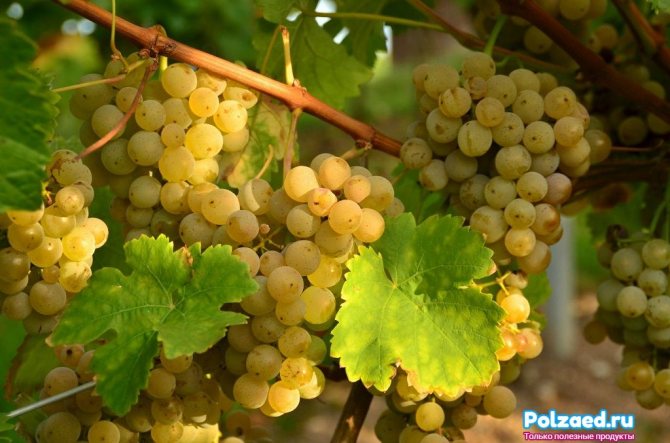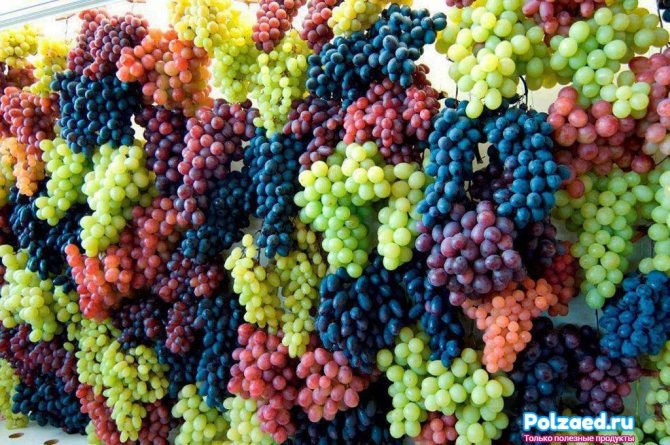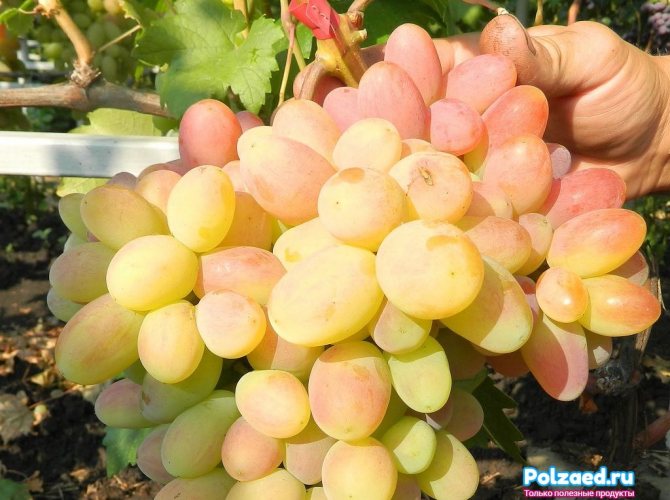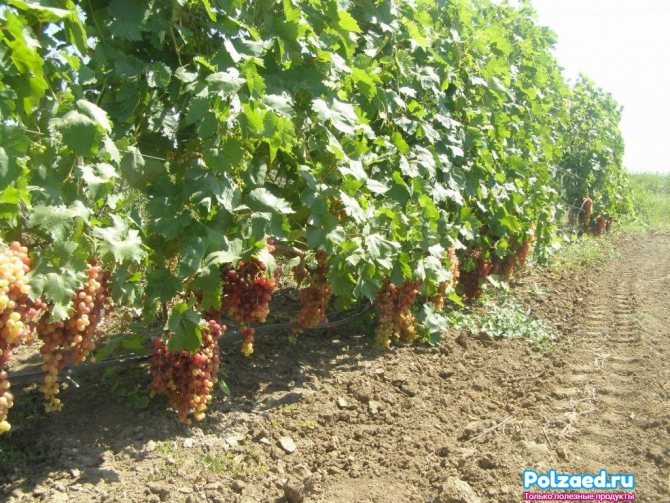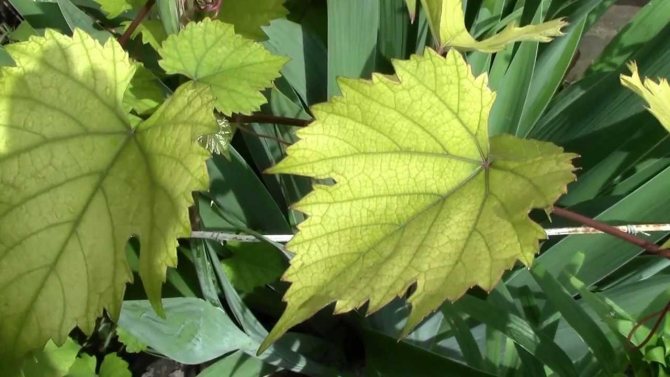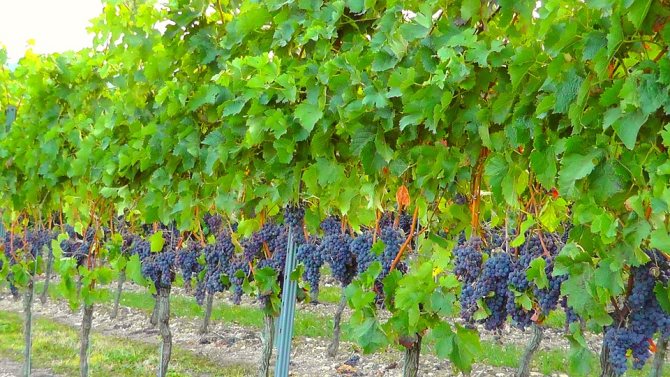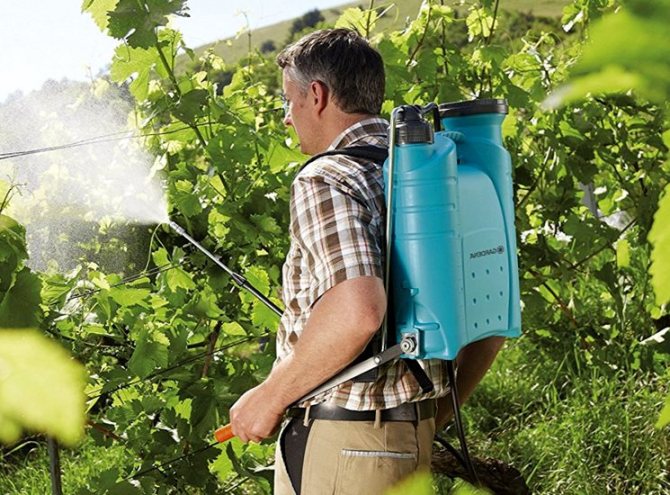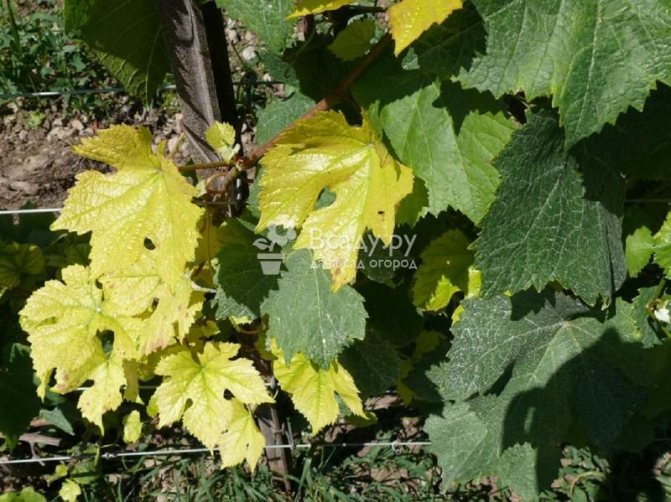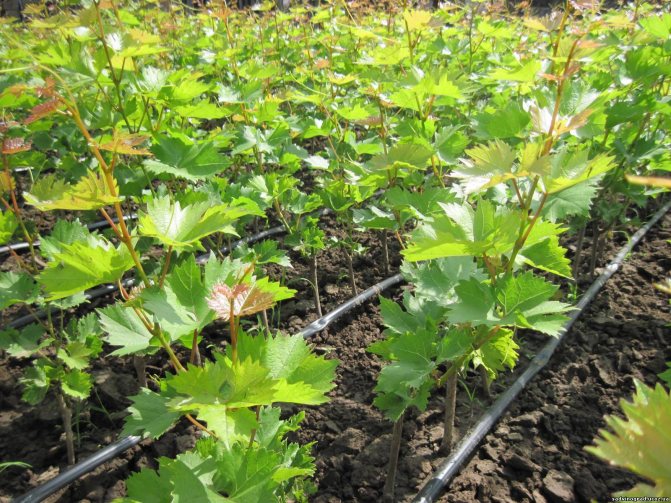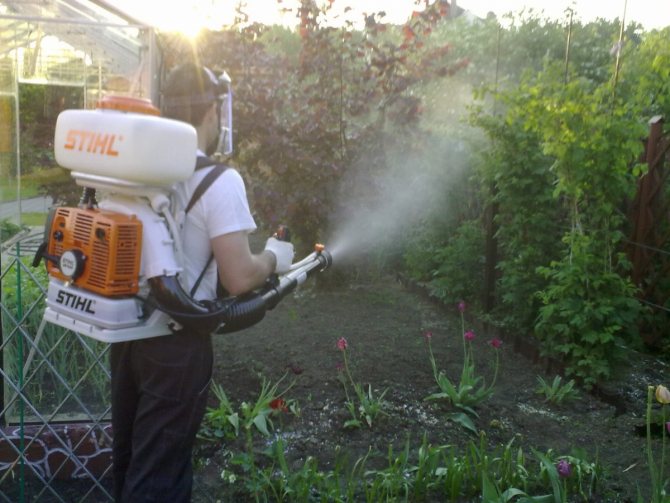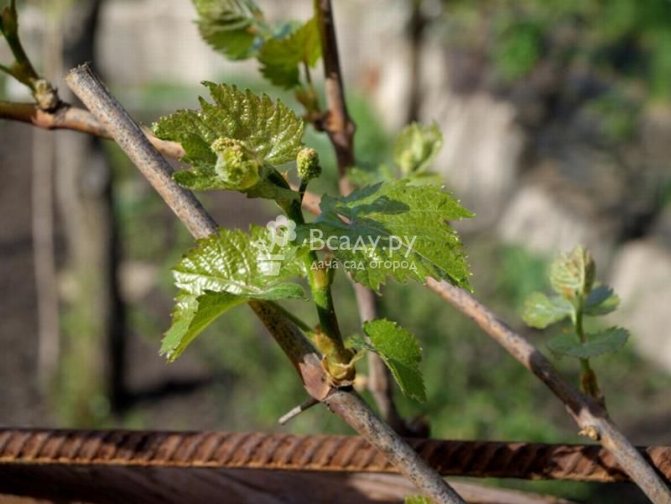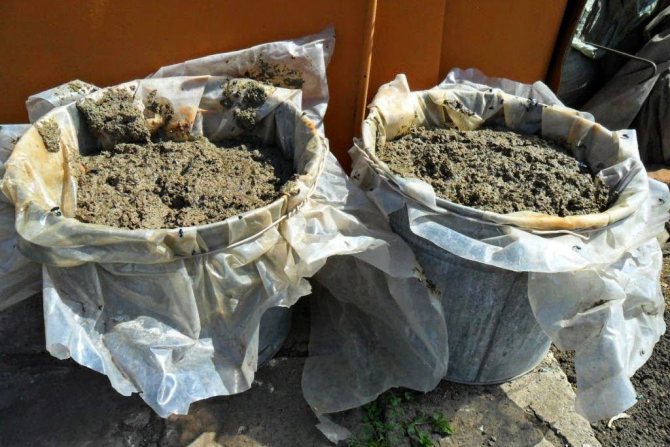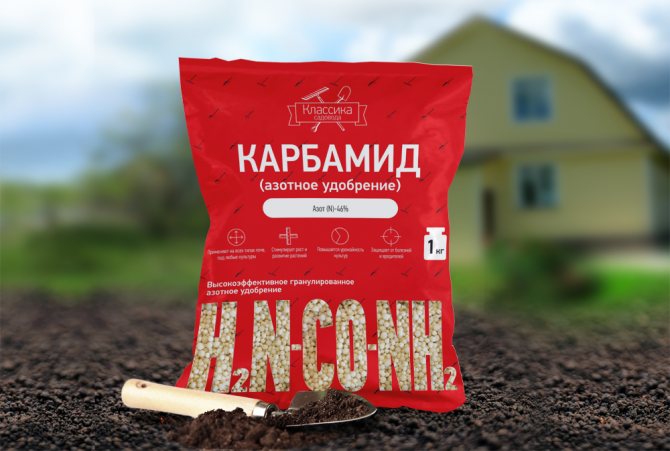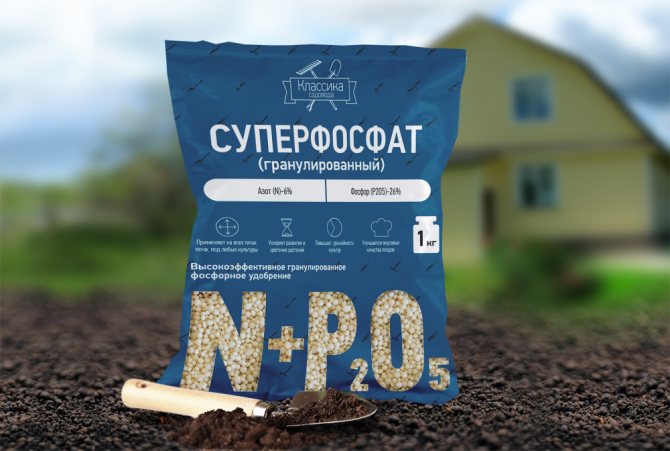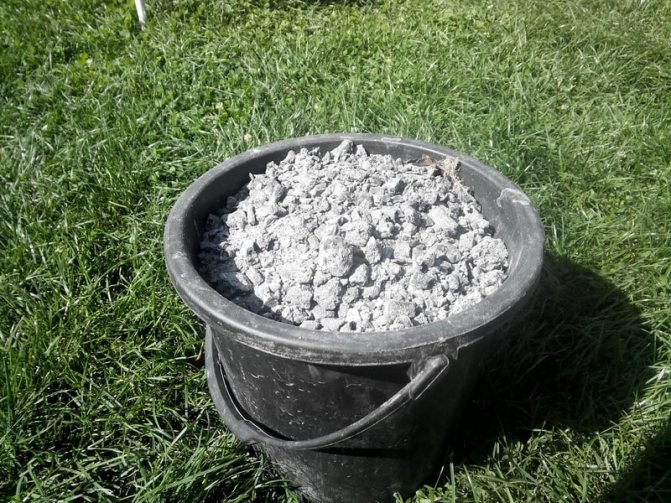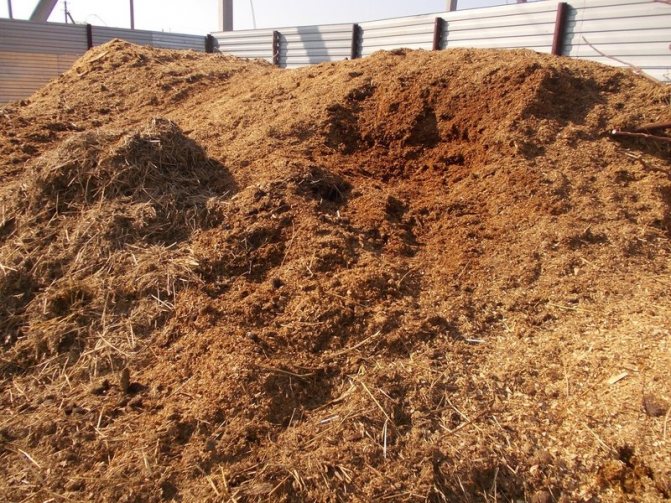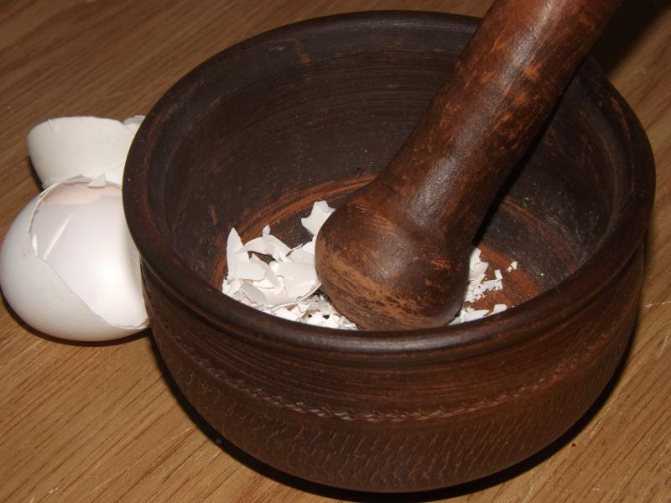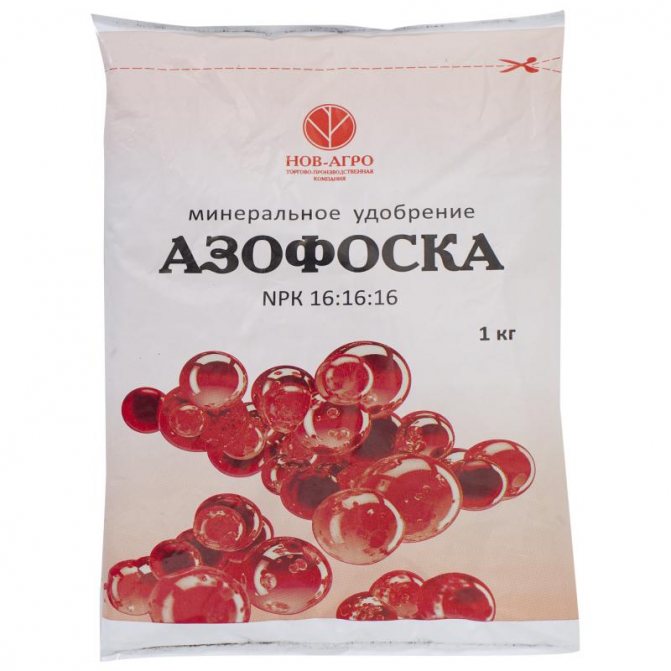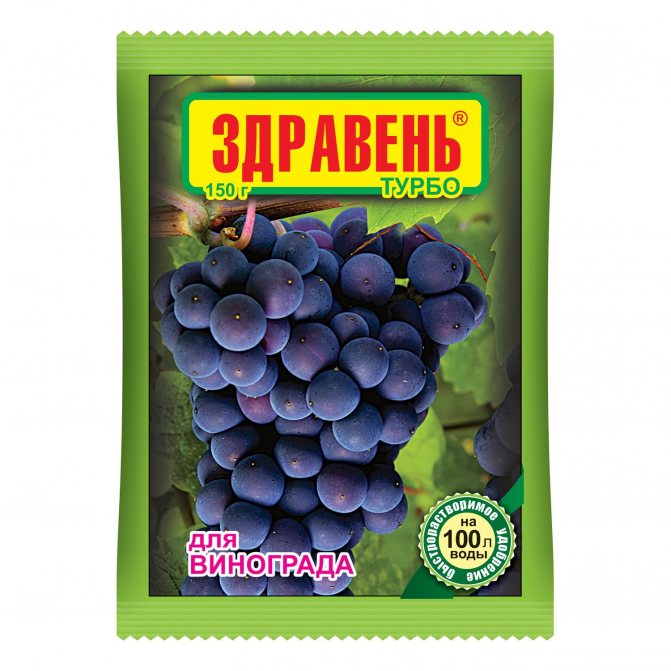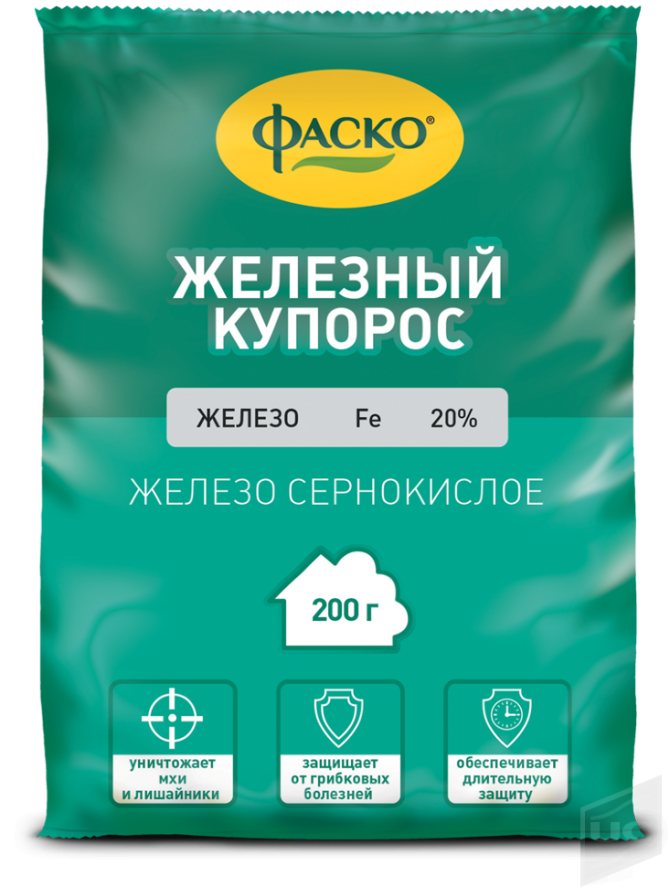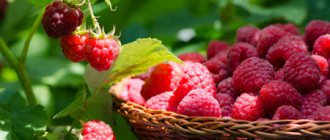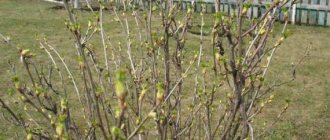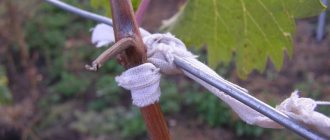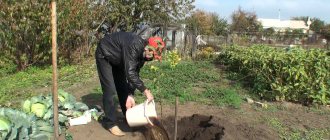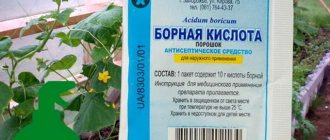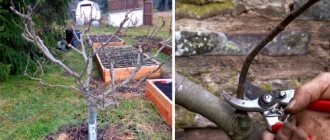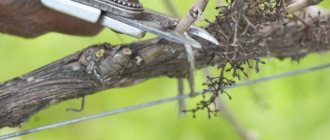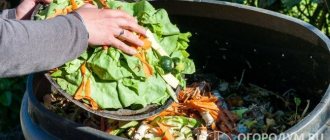After planting the seedlings in fertilized soil, the plants have enough nutrition for about 2 years. At this time, the grapes do not require additional feeding. And to increase the yield, adult plants need care and regular fertilization.
In the article, we'll talk about how you can feed and process the bush for a good harvest, as well as the substances needed by the plant and the names of fertilizers.
The need for spring feeding of grapes
At the end of the sleep phase, in early spring, the grapes take their nourishment from the soil. If it is depleted, then the lack of nutrients will affect the growth and growing season of the bushes. To get a good harvest, plant nutrition is needed.
Reasons for spring fertilization:
- upon receipt of the optimal amount and quality of nutrition, the grapes are formed large and tasty;
- inflorescences and formed bunches of grapes are preserved as much as possible;
- after difficulties in the winter period, it is possible to preserve and bear fruit of weak grape vines;
- feeding is a preventive measure against diseases and parasites;
- the cumulative effect lasts for 1-2 years.
You can determine the need for a trace element by the state of the green part of the grapes. This makes it possible to adjust the fertilizer.
Signs of component deficiency:
- pale green leaves and slow growth - nitrogen is needed;
- brown edging of leaves - there is not enough potassium;
- leaves of saturated green color with brownish-brown spots - phosphorus deficiency;
- green streaks against the background of yellow leaves - you need iron;
- rotting of the base of the vine - sulfur is required.
As a top dressing, instead of chemical fertilizers, you can take organic ones, or try folk methods for preparing nutrient solutions.
Young grapes do not need additional fertilizing for 3 years, provided they are introduced during planting. This is due to the fact that frequent feeding of the plant does not give fruit. It spends its strength only on the formation of the vine and the root system.
Folk remedies
The so-called "green" can be recommended as a folk fertilizer used for feeding grapes. Its undoubted advantages include the fact that it is prepared in a much shorter time than the same compost, as well as better assimilation by the vine as a result of a decrease in the acidity of the soil.
The most common variant of its preparation is the fermentation of green mass (weeds, tomato stepchildren, thinned carrots, etc.), placed in a ¾ container and filled with water to the top. From above, the container is closed with a plastic wrap with 2-3 holes punctured in it. Insist 1-2 weeks until the characteristic smell of fermentation appears. For root top dressing, dilute in a ratio of 1:10.
For spraying grapes, green fertilizer is popular, in which, after fermentation, before direct spraying, an ash extract is added at the rate of 1 liter of fertilizer per 0.5 liter of ash.
Fertilization timing
The timing of fertilization is determined by the climate of the region, so you should focus on the stage of plant growth:
- The first introduction - the plant is still in the sleep phase, late March-early April.
- The second introduction - when the embryos of the brushes appear, 10-14 days before the formation of inflorescences, the second decade of May.
- The third application - after the formation of ovaries, the first days of June.
If you do not adhere to such a schedule, the grapes will receive a deficiency of substances and microelements or an excess of them. In each of these cases, it makes no sense to count on the harvest. But following the rules of fertilization, you can get a good harvest.
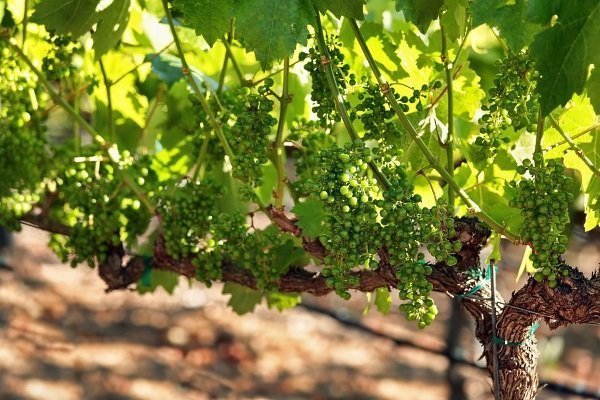
Feeding methods
Let's look at two popular methods.
Foliar dressing of grapes
Foliar dressing can only be used in addition to root dressing. Sugar or glycerin, 40-60 g each, is added to the spraying solution together with fertilizers. When carrying out work, it is important to consider:
- Times of Day. The optimal evening will be when the dew has not yet settled, and the rays of the sun are no longer dangerous.
- Weather within 24 hours after processing. Spraying grapes with top dressing should be on a dry leaf, and at least a day there should be no precipitation so that the nutrient components can be absorbed.
- Shrub condition. Primary fungicidal treatment or spraying of the grapes may be needed to kill the pests. If the bush is very weak, then it will be more useful to fertilize with the root method.
If the plant is in a satisfactory condition, foliar feeding, if necessary, can be combined with the prevention of diseases. Then, at the same time, the grapes will receive both nutrients and medicinal substances.
The first spraying with phosphorus is carried out two weeks before the beginning of the flowering phase to replenish the grapes at the time of fruit formation. This element, quickly absorbed by the leaf mass of the shrub, has a positive effect within a month. Liquid consumption rate per 1 sq. m of the plot is 150-200 g.
Foliar feed mixture may contain: potassium sulfate, ammonium sulfate, zinc, boric acid, calcium sulfate and molybdate.
In addition to the main ones, foliar treatments with nutrient mixtures are done 3 more times, but the amount of phosphorus in them is reduced:
- after the formation of inflorescences;
- before ripening berries;
- when preparing grapes for the winter cold.
See in the presented video about foliar feeding of grapes in spring before flowering:
Root dressing
Root dressings are liquid - all kinds of nutrient solutions and infusions, and dry - these are practically the same fertilizers, not diluted with water.
Dry fertilizers are applied during the digging process or by scattering over the vineyard. After such work, watering is required so that the beneficial substances dissolve and get to the root system.
For wet root feeding, an asbestos or plastic pipe is dug in at a distance of 50-70 cm from the base of the bush. The pipe should be 100-150 mm in diameter, and dug to a depth of at least 40 cm. All nutrient solutions are poured into it, therefore they quickly reach the roots. Instead of pipes, you can dig a ditch with a depth of 40-50 cm around the perimeter of the shrub. Pour a solution of fertilizers into it and fill it with soil from above.
Green dressing is very useful - peas are sown along the aisles, and after ripening they are dug up.
Ash solution creation
Today, due to high prices for fertilizers, it is becoming popular to use ash as a good solution balanced with microelements. It is an excellent fertilizer consisting of phosphorus and potassium. These minerals, being in liquid form, are easily assimilated for vines. In addition to them, the ash contains many other trace elements necessary for the growth of fruit ripening. The main thing that it does not contain is nitrogen and chlorine, which are burned during heat treatment.
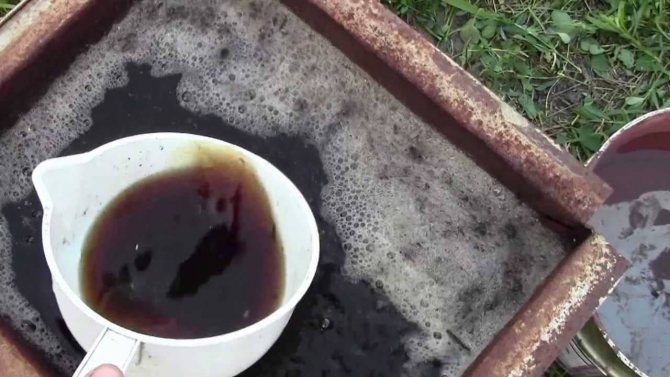

Spray for climbing plants
Potassium, which is in the composition of ash, dissolves quickly in water, but phosphorus, due to its chemical properties, does not. To completely dissolve in water and obtain an extract, it is necessary to make the tincture for three days, stirring it periodically.So, to obtain the required solution from 2 kg of ash, it must be poured with 6 liters of water for three days. Then let it brew and drain by straining. Further, the resulting concentrate is diluted with water to 10 liters.
A ready-to-use solution is obtained by mixing 2 liters of an ash solution with 8 liters of ordinary water and adding 50 g of laundry soap. Then the solution is ready for use.
The main thing to remember is that it cannot be used together with nitrogen fertilizers due to the resulting chemical reaction.
Spraying the plant with a nutrient solution
How to fertilize grapes in spring? Fertilizers and their specificity
Fertilizers saturate the soil with the nutrition necessary for the growth and development of grapes. For each event for the application of fertilizers to the soil, a certain composition of top dressing is needed. All of them are subject to a special seasonal schedule in order to get the maximum effect in the form of a rich harvest, and not harm the bushes.
In the spring, one-component, complex and complex fertilizers are used.
Potash fertilizers
The main active ingredient is potassium - a vital element for grapes. Knowing that it is washed out by rains and watering, it is difficult to overestimate the role of potash dressings. They are chloride and sulfate.
The leaves of the bush contain a huge amount of chlorine, but with the growth of green mass, and heavy rainfall, its concentration decreases. Chloride dressings restore and maintain the balance of this element. They must be brought in carefully, since an excess of chlorine is dangerous for grapes.
Potassium chloride is 40-60% rich in potassium. To reduce acidity, lime should be added to it. It can be used in combination with any elements, but urea is not suitable for a mixture with potassium chloride.
Sulfuric acid dressings are responsible not only for the healthy development of the bush, but also affect the sugar content of grape fruits. They penetrate well to the root system with rains, so it is advisable to use them not in spring, but in autumn.
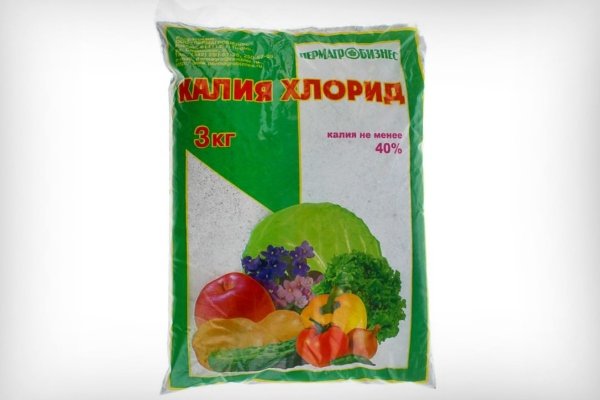

Phosphate fertilizers
Phosphorus is an essential element for grapes during the growth and flowering stage, especially for young plants. Thanks to its balance, large healthy fruits are formed.
You can use the following tools:
- Superphosphate 20% phosphoric acid. Compatible with various soils, but with their increased acidity, lime is added to the fertilizer. Another option is liming the soil before fertilizing. The positive effect of superphosphate is characterized by an increase in yield and immunity to diseases. For top dressing, the fertilizer is diluted with water in a ratio of 1:10 and watered with 0.5-0.7 liters under each bush.
- Double superphosphate consists of a double dose of phosphorus. When diluted with water, the fertilizer rate is reduced by half. In spring and summer it is used as a liquid top dressing, and before wintering it is sprinkled around the grape bushes.
- Precipitate rich in phosphorus by 35%. Practically insoluble in water, so the powder is scattered over the vineyard when loosening or weeding. Most compatible with acidic soils and gray soils.
- De-fluorine phosphate suitable for chernozems, sod and podzolic soils. Contains 32% phosphate.
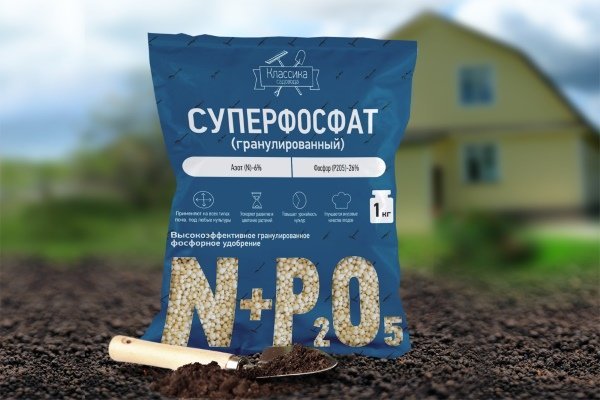

fertilizer "Superphosphate"
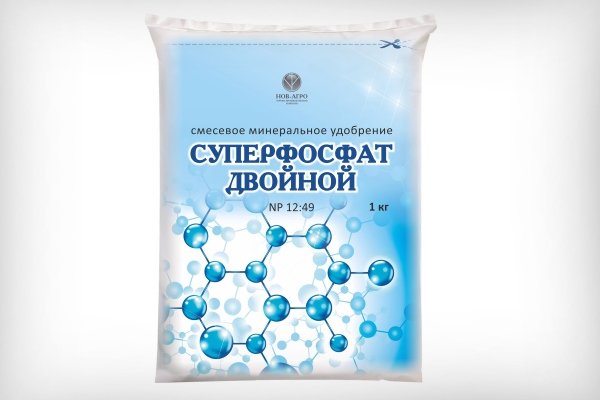

fertilizer "Double superphosphate"
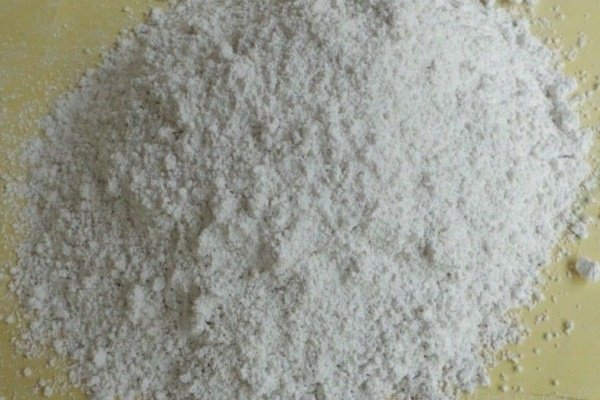

fertilizer "precipitate"


Fertilizer "Defluorinated Phosphate"
Complex and compound fertilizers
Complex fertilizers combine at least 2 elements in their composition. They are produced in 2 ways:
- One-component fertilizers are mixed with each other.
- Through chemical reactions of various components.
Such dressings include:
- Nitrofoska. Nitrogen content - 16%, phosphorus - 16%, potassium - 16%. It is produced in the classic form - only from these components and with the addition of elements (copper, cobalt, boron, zinc, etc.).
- Azofoska based on three main elements - N, P and K. Available in the form of a solution and dry mix.Dry fertilizer is applied to the groove around the grapes, and the liquid form of top dressing is poured under the root.
- Bischofite consists of more than a dozen elements - magnesium, boron, iodine and bromine, etc. It is used for foliar feeding. The dilution rate is 100 ml of fertilizer per 10 liters of water.
- Florovit - a fertilizer created for grapes. It is used for planting plants and as the main root top dressing. Fertilizer consumption is 50 g per plant.
- Agro-Nova - this Ukrainian fertilizer, in addition to micronutrients, contains supplements to stimulate the growth of grapes. In the spring, it is used as a liquid root dressing. For this, 90 g of fertilizer is dissolved in 10 liters of water. For the foliar application, it is diluted in water in a ratio of 1: 100.
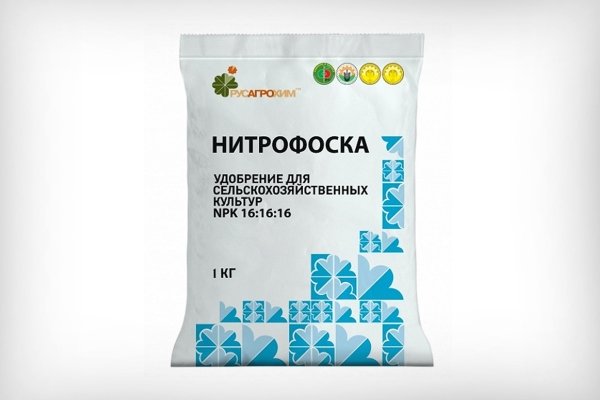

fertilizer "Nitrofoska"
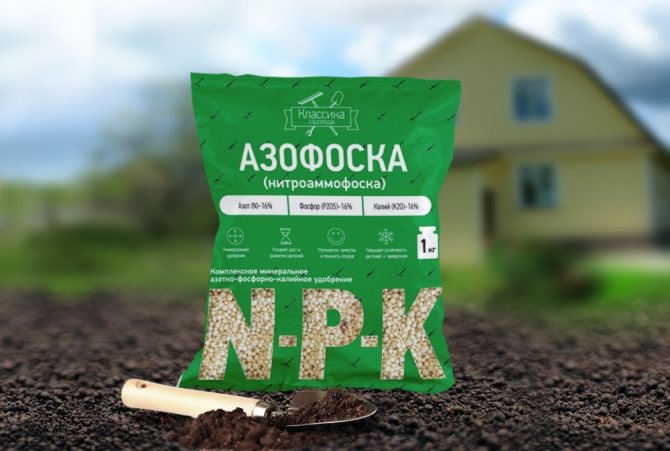

fertilizer "Azofoska"
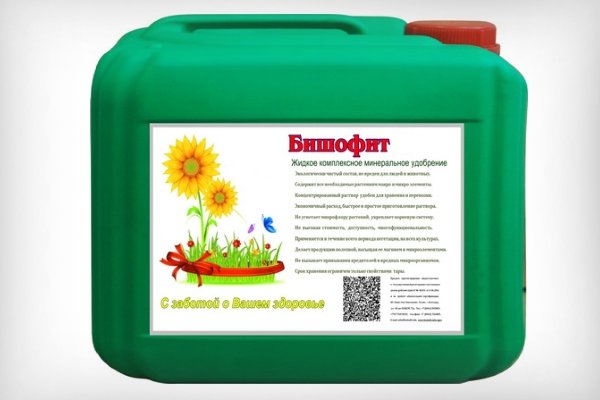

fertilizer "Bishofit"
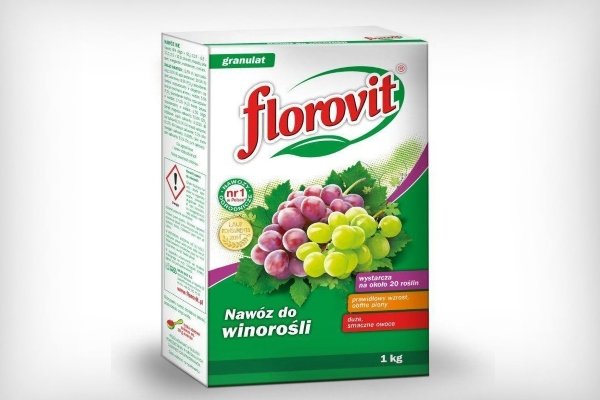

fertilizer "Florovit"
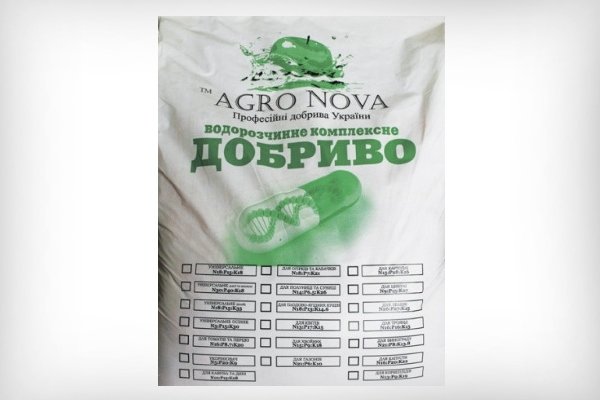

fertilizer "Agro-Nova"
Organic fertilizers
The waste products of animals and plant waste, decomposing, form substances that are useful and readily available for plants. Organic fertilizers have their pros and cons.
Organic benefits:
- There are no material costs in their production, because these are natural free fertilizing in agriculture.
- They contain a balance of essential nutrients and trace elements necessary for grapes.
- The vital activity of bacteria during the decomposition of organic matter has a beneficial effect on the soil. Air permeability increases, the ability to retain moisture, which has a beneficial effect on the development of the vineyard.
Disadvantages of organic:
- The composition of organic fertilizers is not exactly known to the gardener. This makes it difficult to determine the deficiency or excess of substances in plants. The composition of mineral fertilizers is indicated on the packaging or instructions for use.
- When organic matter is introduced, it is possible to infect grapes with diseases, or to transfer larvae and adults of pests, as well as weed seeds.
- Hygiene and the aesthetic side make it difficult to work with such dressings.
The most popular organic fertilizers are compost, manure and bird droppings.
Manure - waste products of animals, their excrement. When fresh it contains a large amount of nitrogen. This makes it impossible to use it in a concentrated form when planting young grape bushes due to the possibility of scalding the root system.
For application, the manure is diluted with water in a ratio of 1:10. Humus is used in the spring. Planting pits and already growing bushes are fertilized with manure that has rotted for at least 2-3 years, digging up the soil.
You should not uncontrollably introduce manure into the soil, since an excess of nitrates in it is possible. Especially often, such a negative result appears on black soil. Lighter and more porous types of soil, they pass water well and are washed out by precipitation and irrigation. Therefore, in order to receive only indisputable advantages from the use of manure on the ground, you need to carefully and responsibly approach the process of feeding grapes.
Compost prepared by mixing cut grass, household organic waste, foliage of trees and shrubs with soil or peat. The mixture is moistened and stirred periodically to saturate with oxygen. After a year or two, a valuable fertilizer is obtained, containing a rich nutrient composition for plants.
If during the preparation of top dressing healthy plant residues were used and manure was not added, the absence of pathogens and pest larvae is almost 100%. Humus is suitable for root fertilization of grapes and for the preparation of planting holes.
Bird droppings used dry or dissolved. It is poured in a small amount into the recesses along the perimeter of the bush, sprinkling with soil. To prepare the solution, dilute a handful of chicken droppings with 5 liters of water. Insist in a warm place for 7-10 days, stirring occasionally.Dilute this infusion again with water in a ratio of 1:10. Pour the fertilizer between the rows, taking into account that 1 bush takes 500 ml of liquid.
The video below will discuss the introduction of bird droppings for grapes:
Do not add a solution of chicken manure under the bush. This is fraught with root burns.
Before feeding and after its completion, carry out activities to water the site.
Folk remedies
One of the most popular and effective folk dressings is yeast. It is prepared in a few steps:
- Dissolve dry baker's yeast in warm water in a ratio of 1: 1000.
- For each liter of solution, add 1 tsp. granulated sugar.
- Let it brew for 2-3 hours.
- Dilute 1: 5 with clean water before use.
This solution can be prepared using live yeast, but then do not add sugar. The consumption rate of such a top dressing is 2 liters per 1 bush.
Ash - the most suitable organic mineral fertilizer for grapes. It nourishes the plant and prevents diseases of grapes and their pests. It is especially important on acidic soils, as it perfectly reduces their acidity. When deciduous wood is burned, potassium-rich ash is formed. Coniferous fertilizer contains mainly phosphorus.
In dry form, ash is used in unlimited quantities when digging and loosening areas. For root feeding, prepare an ash solution:
- add 250-300 g of ash to 10 liters of water;
- let it brew for a week;
- water the grapes, making grooves around the bush;
- liquid consumption - 5 liters per bush;
- ash solution is also used for spraying the aerial part of the plant.
An experienced gardener in his video talks about feeding grapes with ash:
Eggshell rich in potassium, magnesium, phosphorus. But 95% of its composition is occupied by calcium compounds. All components, getting into the soil, quickly transform into a form that is quickly absorbed by the grapes. To preserve the shell, you need to thoroughly wash it and dry it. Before applying to the soil, grind such top dressing to obtain a powder.
Read more about egg shell feeding here.
Green manure it is prepared from weeds, the remains of garden plants after thinning and weeding, etc. For this:
- Fold the mass of greens into a container, filling it 3/4 full.
- Pour in water to completely cover the herbal mixture.
- Cover the container with plastic, punching a few small holes on top.
- Let it brew until the smell of fermentation appears (10-14 days).
- Dilute with water to fertilize grapes using the root method - divide the entire volume into 10 dressings.
By adding wood ash to the solution and filtering, it can be used to spray bushes.
Foliar method
The assimilation of certain substances through the leaf plates of grapes occurs faster than through the roots of plants. Therefore, the result of foliar feeding is noticeable after a short time, literally within a few days.
First spraying
Produced about a week before flowering. For spraying 1 bush, 5 g of boric acid, diluted in 10 liters of water, are used.
Spring foliar fertilization helps:
- Reduce shedding of flowers.
- Improve the laying of hibernating buds.
- Increase the amount of ovary formation.
- Increase the sweetness of the berries.
Fertilizer compositions:
Mix No. 1:
- 40 grams of urea.
- 20 grams of citric acid.
- 15 grams of boric acid.
- 1 gram of ferrous sulfate.
- 10 liters of water.
Mix No. 2:
- 50 grams of superphosphate.
- 50 grams of ammonium sulfate.
- 50 grams of ammonium nitrate.
- 50 grams of potassium sulfate.
- 1 g of ammonium molybdate.
- 10 liters of water.
Mix No. 3:
- 300 grams of potassium sulfate.
- 200 grams of ammonium sulfate.
- 2 liters of water.
- In a separate container, dissolve 300 g of superphosphate in 2 liters of water.
- Mix both solutions and bring to a volume of 10 liters.
Second and third
For re-spraying, phosphorus mineral fertilizers, or ash, are used as organic food. For the third time, the bushes are treated 2 weeks after the second treatment and the same composition is used.
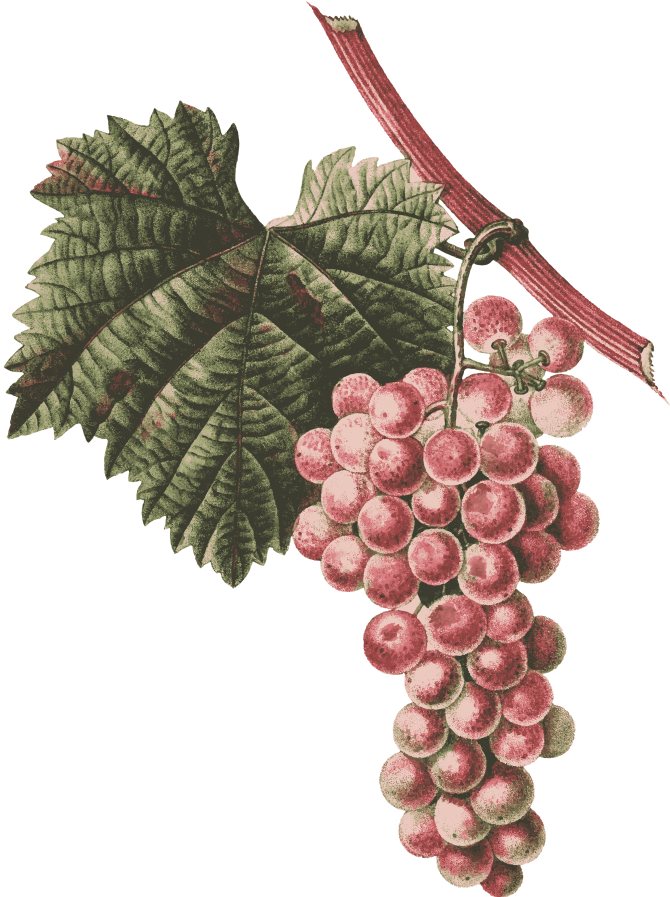

The second treatment is needed approximately 7 days after the bushes have faded.
Fourth
The fourth treatment is carried out 2 weeks before harvest. The bushes are sprayed with phosphorus-potassium fertilizers. This feeding will help prepare the plants for the dormant period.
How to feed grapes to increase yields?
It is important to carry out fertilization measures taking into account their characteristics. In order for the substances to reach the main root system as soon as possible, a recess is made around the bush in the form of a circle with a radius of 25-80 cm (depending on the size of the bush) and a depth of about 40 cm.All dressing solutions are poured onto the area of the dug circle.
Humus and slurry are distributed over the surface of the circle, and then they are dug 15 cm deep. After such loosening, the top dressing should be covered with a soil layer.
Popular bugs
Novice gardeners often make mistakes in spring feeding due to inexperience. Most popular missteps:
- Spreading dry dressings over the soil surface. In such cases, nitrogen evaporation is inevitable, and potassium and phosphorus do not have the ability to break through to the root system of the grapes.
- Uncontrolled fertilization. This leads to soreness of the bushes and a decrease in yield.
- Fertilization only on areas with young grapes. Provided that planting pits were formed with top dressing, up to 3 years other fertilizers are not required for grapes. Adult bushes, on the contrary, with growth, experience a deficiency of trace elements and nutrients.
Useful Tips
In order for the grapes to bring a rich and tasty harvest, it is worth listening to the following recommendations:
- Water the grapes before and after root fertilization. This will dissolve the components of the groundbait and make it easier for the roots to access them.
- Dry forms of fertilizers and nutrient solutions for irrigation should not be applied to the surface of the earth, but in the recesses made along the perimeter of the bushes or in the aisles.
- If necessary, in combination with the root method of fertilizing, use spraying.
- Carefully follow the schedule and application rates.
Top dressing methods depend on their composition, weather and condition of the bushes. Rational responsible fertilization of the vineyard will help to get a rich harvest even on seemingly hopeless land.
1
Minerals or organic matter
How to feed grapes in spring? You can, of course, use one-component substances such as those discussed earlier. But, it is best to use a fertilizer mixture.
Using purely mineral fertilizers, you will not be able to achieve the results that organic substances can give. In order for a plant to develop normally, it needs organic fertilizer, in particular, manure. It increases water resistance and improves the development of trace elements in the soil. Having given the manure to germinate, you will endow it with those minerals that the plant needs. Any options will work for early processing.
It is best to carry out top dressing in the spring with organic matter. Mineral fertilizers can only be auxiliary. If you don't have manure, you can use regular compost that everyone has for early treatment. Moreover, you can do it with your own hands, using waste, sawdust and bird manure. Ash is no less effective in terms of fertilization - it can replace many purchased substances. You will only improve the condition of the grapes if you use chicken droppings.

